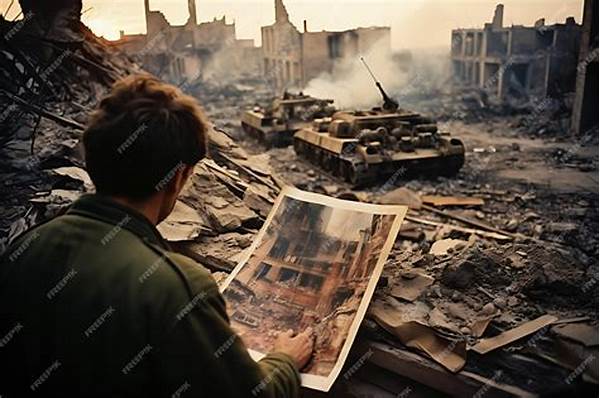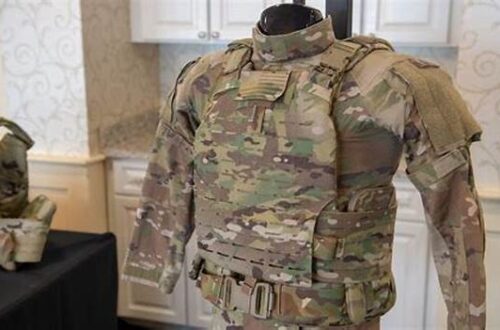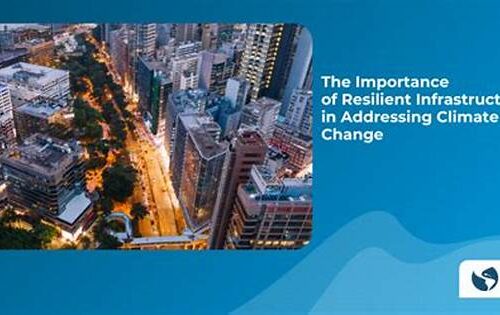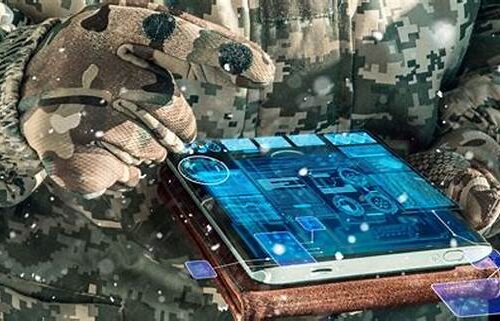War photography has long played a pivotal role in shaping public perception and understanding of armed conflicts. The lens of a camera can capture the stark realities of warfare and its myriad consequences on human life and societies. This form of journalism often provides a raw and unfiltered perspective on the ravages of war, elevating the importance of visual documentation in understanding global events.
The Role of War Photography in Shaping Public Perception
The impact of war photography on public perception is profound and multi-faceted. Photographs taken in war zones serve as powerful vehicles for storytelling, offering an immediate and emotional connection to events that textual descriptions alone cannot convey. These images can evoke empathy, understanding, and urgency, compelling audiences worldwide to acknowledge the brutality of war and its effects on individuals and communities. Furthermore, war photography can influence public opinion and policy by raising awareness and prompting action. Iconic images from conflicts such as the Vietnam War and the Bosnian War have not only captured historical moments but have also prompted debates on military interventions and humanitarian efforts.
Ethical Considerations in War Photography
1. The impact of war photography raises significant ethical questions about the depiction of violence and suffering.
2. Capturing the impact of war photography requires balancing the need to inform with respect for the dignity of victims.
3. Ethical war photography must navigate the impact of war photography without sensationalizing or exploiting human suffering.
4. The impact of war photography lies in its power to depict truth while upholding ethical journalism standards.
5. In assessing the impact of war photography, photojournalists must weigh the potential consequences of their images on public perception.
Historical Context and Evolution of War Photography
The impact of war photography has evolved since its inception in the mid-19th century, witnessing significant changes in technology, accessibility, and journalistic practices. During the American Civil War, pioneering photographers like Mathew Brady set forth a new era of visual reportage, creating an enduring legacy for future photographers. These early images, though limited by technology, began to reveal the somber realities of war to distant audiences. In subsequent conflicts, advances in photography facilitated more immediate and vivid depictions of war. By World War II, the contribution of photojournalists expanded significantly, providing compelling evidence of the war’s scope and devastation. The impact of war photography continued to grow through the latter half of the 20th century with developments in communication technologies and global media.
The Psychological Impact of War Photography on Society
War photography extends its impact beyond visual impressions, influencing psychological responses among viewers. Images depicting suffering, resilience, and devastation can elicit complex emotional reactions, including empathy, shock, and anger. The impact of war photography consequently shapes societal attitudes toward conflict and stimulates public discourse on international affairs. These photographs challenge perceptions, encouraging contemplation of the human cost of war and the moral dimensions of military engagements. Furthermore, the cumulative exposure to war photography can lead to desensitization, wherein audiences become less reactive to graphic images over time. The psychological impact of war photography thus necessitates a careful assessment of its use in broadcast and print media, weighing the potential benefits of awareness against the risks of emotional fatigue.
The Influence of War Photography on Political Decisions
War photography holds significant sway in influencing political decisions by highlighting humanitarian crises and provoking global reactions. The impact of war photography on government policies and military strategies underscores its role as a catalyst for action, as public pressure often emerges from striking visual Documentation. Political leaders and policymakers frequently encounter compelling war images that shape their understanding of conflict dynamics and the urgent need for intervention. In democratic societies, citizens armed with visual evidence of warfare’s toll can influence electoral outcomes and advocate for policy changes. The impact of war photography thus emphasizes its capacity to transcend borders and resonate in political arenas, driving efforts towards peace and reconciliation.
War Photography and the Humanitarian Response
The humanitarian response to conflicts often draws momentum from the impact of war photography, which highlights the urgent need for relief efforts. Photographs of devastated landscapes and displaced populations capture the human plight, mobilizing non-governmental organizations, governments, and individuals to provide aid. War photography amplifies narratives of survival and resilience, fostering global solidarity and resource mobilization. Moreover, images documenting the harsh conditions faced by civilians provide compelling evidence for international humanitarian law cases, reinforcing the call for accountability and justice. The impact of war photography serves as a visual testament to the power of imagery in inciting compassionate action and supporting recovery initiatives in war-torn regions.
Summary of the Impact of War Photography
In conclusion, the impact of war photography is a multifaceted phenomenon that plays a vital role in shaping global perspectives on warfare. The photographic documentation of conflict illuminates the raw and unvarnished realities of war, offering insights that transcend linguistic barriers and resonate universally. War photography has wielded influence in shaping public opinion, guiding humanitarian efforts, and prompting policy changes, demonstrating its indispensable relevance in contemporary media landscapes.
As society continues to reckon with the complexities of warfare, the impact of war photography remains a valuable tool for education, advocacy, and reflection. The visual representation of conflict encourages critical discourse, fosters empathy, and inspires efforts towards achieving lasting peace. By capturing moments of triumph and tragedy, war photography not only chronicles history but also challenges humanity to learn from the past and strive for a more just and harmonious future.





